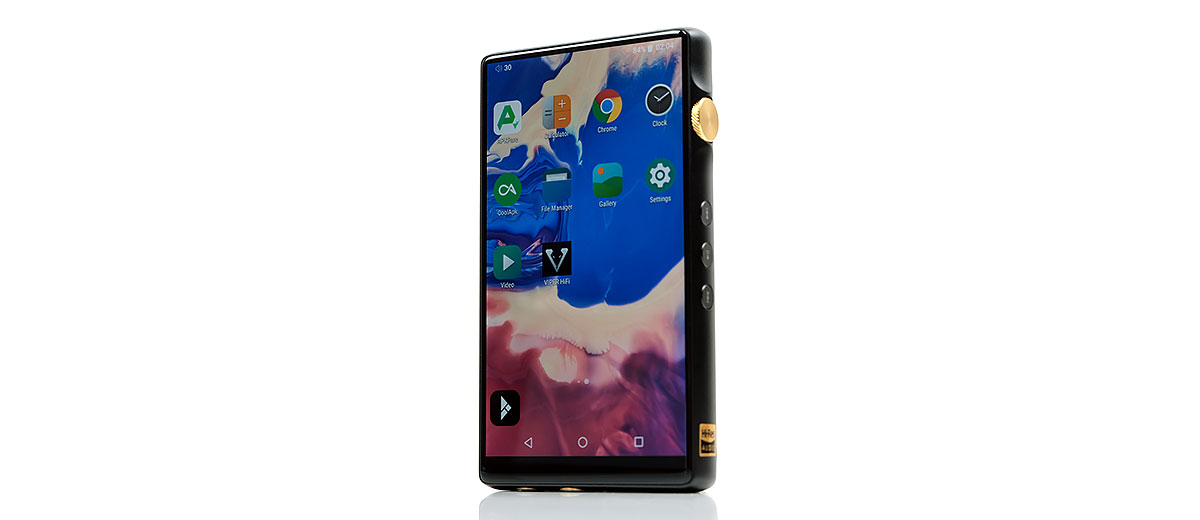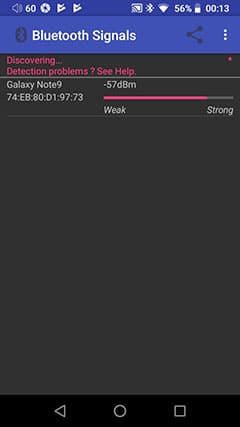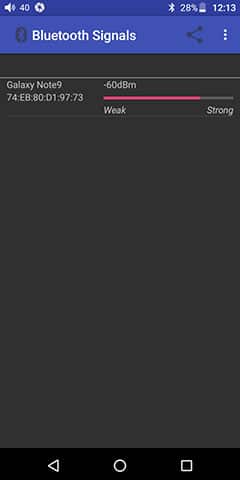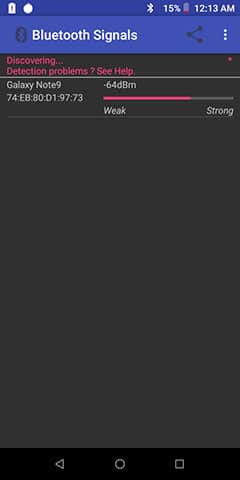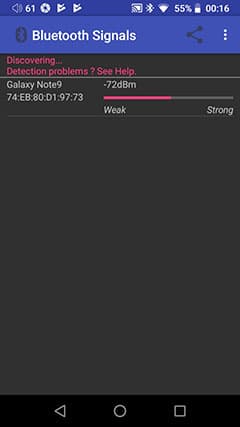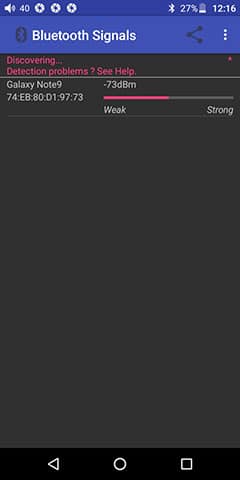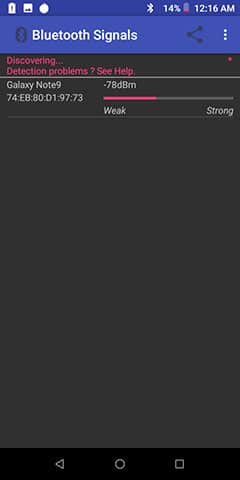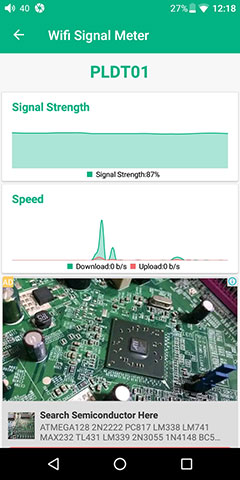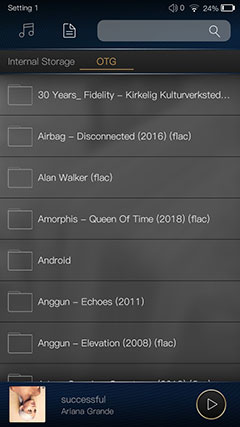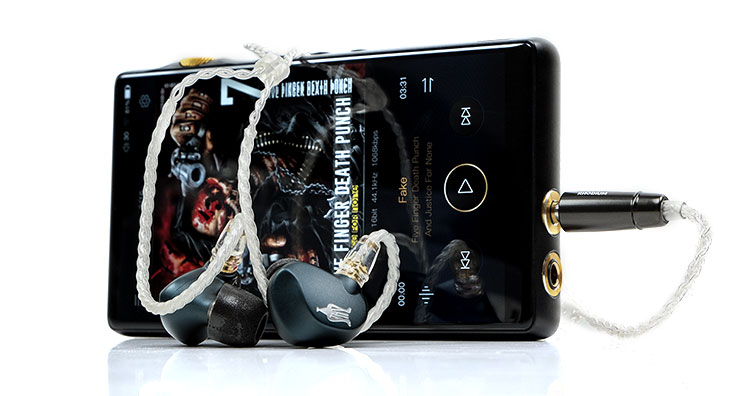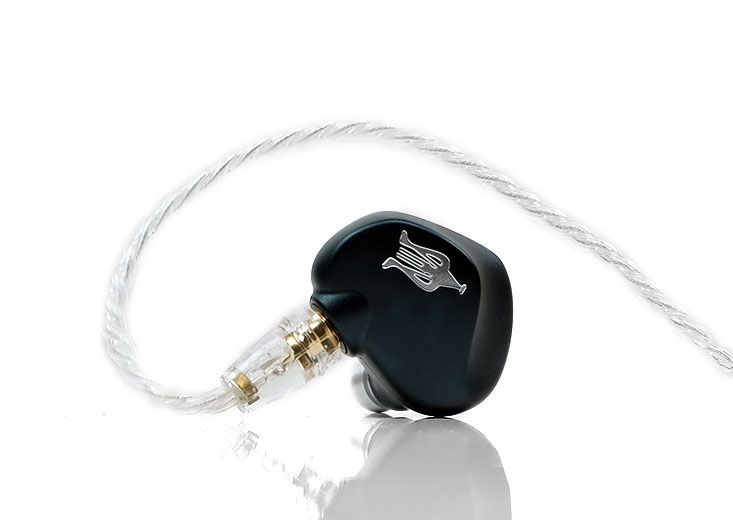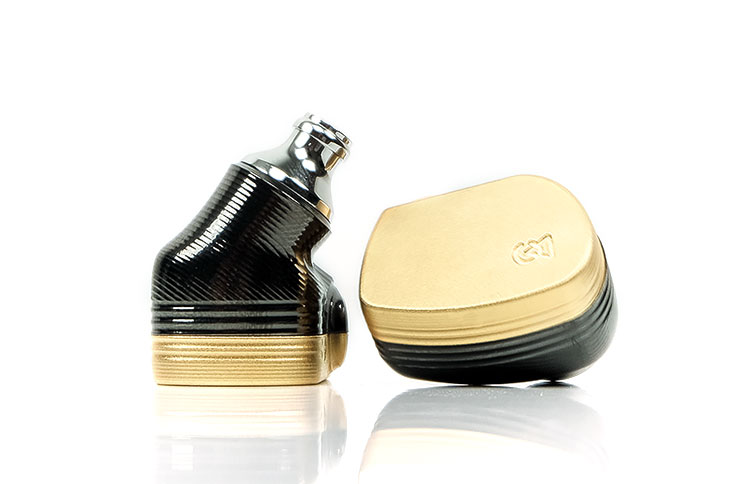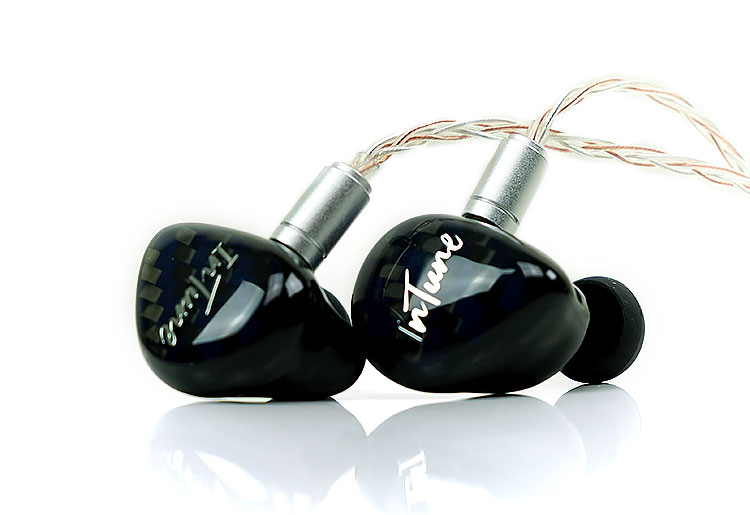Sound Impressions
Presentation
Of all the mid-fi DAPs out there, the DX160 has the most reference-like quality in its presentation, regardless of pairing. Now, this should not be confused with neutral. The DX160 does not have an overly analytical or cold sound signature.
This is quite a linear-sounding DAP from top to bottom and very much in keeping with the iBasso house sound previously heard on the DX200 then refined on the DX220 with AMP 1 MK II.
The reference tuning has a ‘lighter touch’ and perhaps a perceived nimbleness in articulation compared to the HiBy R5’s slightly denser closer sound. I suspect an above-average black background helps tease out a lot more perceived resolution here.
However, the DX160 is less top-heavy or forced sounding than FiiO’s M11’s digital treble overtone. In short, it is much more controlled with an outstanding focus on delivering maximum width and separation in almost any IEM midrange I tested.
Timbre
Ibasso also has this neat little implementation they started on the DX200, and further refined it on the DX220 by injecting just enough warmth to wetten up the timbre enough to sound pleasing without losing clarity.
I consider this timbre to be more of a high-fidelity type tuning where the notes are not overly rich but rather a little more on the sweet side than the rich side and physical side. If you want a denser timbre the older DX150 with AMP 6 is more suitable.
I suspect there is a tiny bit of mid-bass to lower midrange bloom in the DAC-to-amp implementation of the DX160 but it is not something that leaps out at you as “oh bloom!’.
It is very subtle but just enough to combine with a treble tuning that doesn’t sound overly forward either to produce a very natural sounding quality with a neutral level of quantity across the board.
Staging
One of the other key sound characteristics of the DX220/AMP1 MK II, an expansive soundstage, has been tweaked even more on the DX160. The DX220 made the DX200/AMP1 card sound a bit vague in placement.
Now, on the DX160, the treble is not quite as extended, at least with the IEMs we tested including the Solaris, IT04, and the Rai Penta. There is a tiny bit of treble softness that I tend to prefer with my sources as well as a slightly flatter low-end when compared to AMP1 MKII.
If you want absolute height and sparkle to go with it then the DX220 is the superior pairing, especially with the Rai Penta.
However, the DX160 compensates by delivering some incredible staging width for a mid-fi DAP that provides a stark comparison to the HiBy R5’s more intimate presentation. What I like most about the width is that it does not sound disjointed or unnatural to the point where the focus is lost.
Compared to the R5, vocal positioning is fairly neutral but the separation and excellent dynamic range prevent instruments and vocals from sounding “samey” and competing with each other. Everything has a distinct and well-defined positioning with plenty of space and air to breathe.
The staging on the DX160 is a great compliment to the richness of the Rai Penta, but even more so when you start playing with the PMEQ treble quantity which is what the Rai Penta could do with a push.
Balanced
Going balanced on the DX160 delivers a little more ‘snap’ in the presentation for me, perhaps a perceptibly improved level of dynamic range also. Unbalanced just sounds a shade ‘softer’ with slightly less snap on the low-end.
Also, the level of noise going balanced is perceptibly lower on the DX160 than going unbalanced which tends to be the opposite case on the likes of the M11. Definitely a blacker background on the DX160 balanced output as well as that better dynamic range offering a little more perceived staging separation and depth on the low-end.
Wireless Performance
You can pretty much download any app you want from the APK Pure and Cool APK repository wirelessly as well as do OTA updates on the firmware. APK Pure is the more friendly option as it is in English whereas Cool APK is in Chinese mostly.
The APK versions are not always the latest on APK Pure but close enough to get going. You can access TIDAL, Spotify, SoundCloud, pretty much any streamer you want and it is not region locked either so those in a region that cannot normally access TIDAL via Google can do so on APK Pure.
I strongly suggest getting the DX160 firmware bang up to date and downloading Google Play from the APK Pure store so you can switch over to Google for Play Services-dependent app downloads. Stick with APK Pure if you have regional lock issues as described above.

Bit-Perfect & MQA
The real competitive advantage now of the DX160 with these streaming apps is the bit-perfect playback capability. As with the DX220, iBasso has expanded that across the OS as well as introduced MQA unfolding and rendering in TIDAL. You can see the actual bit rate in the top notifications bar when using the likes of TIDAL & Spotify.
There are no built-in DLNA services in the Mango app as yet so you will have to download a 3rd party service such as Plex or BubbleUPnP. Hi-Fi Cast will work just fine when you download and install the Google Play Store and Google Play Services.
Bluetooth
BT 5.0 on the DX160 should mean a better maximum range (depending on the selected data transfer rate) and a faster data transfer rate of up to 1.4Mbps net for enhanced audio streaming.
It also means a much bigger packet size transfer capability. All of that thrown in with Oreo’s built-in LDAC capability brings the DX160 bang up to date for quality audio streaming.
We decided to do a short test between the three competing DAPs using the NeoFrontier Technologies Strength Meter app (sourced from APK Pure). All 3 DAPs were positioned about 1m away from a Samsung Note 9 smartphone with BT turned on.
We were careful to ensure alignment was the same on all 3 DAPs as the app is quite sensitive to positional changes.
The first test above was from a relatively short distance of 1m. In this test, the DX160 came out the marginally better of the three though the gap was not huge. My subjective walking test with all 3 gave me a similar distance of about 7-8m with a wall between the DAPs and the source smartphone.
The second test was a little further away at around 5m and behind a wooden barrier (about 1.5m tall). In this test, it was the DX160 that came out marginally better than the two competing DAPs, though again, the gap was relatively small. The R5 seemed to be the weakest of the 3 DAPs tested for detecting a BT signal from a distance.
WiFi
WiFi measurements for all 3 DAPs did not throw up any surprises and all measured well and 1-2 % points relative to each other’s scores.
Any minute variance will be entirely down to the exact positioning of the DAP and the modem signal strength reliability which can vary at any given minute, at least for my modem.
The R5 reading was perhaps a bit more sensitive than the DX160 or M11 when the DAP was in the hand or being moved around. Possibly due to its very small size, my hand was covering it a lot more than the other two devices.
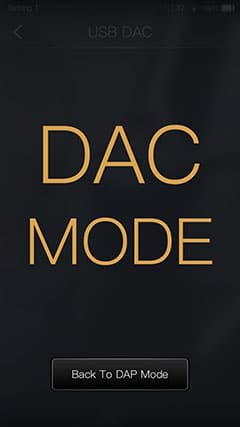
Wired Performance
USB-DAC
Sadly, the DX220 femtosecond oscillator system is not inside the DX160 but then again this is a much cheaper DAP/DAC so something has to give. That being said the USB-DAC performance is excellent with absolutely no latency issues on YouTube or Windows-based video software such as VLC or Windows Media Player.
Also, you do not have to use the iBasso driver for Windows 10 as the DX160 is a Universal Media Driver 2.0 plug-and-play compatible DAP. That being said, you can download the driver, it is compatible and it will allow you to switch over to the dedicated ASIO driver.
I had zero issues also tapping into JRiver Media Player using its own WASAPI drivers with pretty much every DSD and SACD ISO track playable up to DSD256.
My only feedback on USB-DAC playback is the lack of decoding rate information on the DX160 screen. It simply says DAC mode and nothing else. I hope this can be rectified in any future firmware but I said that about the DX220 also and I have yet to see that happen so I am not overly optimistic.
OTG
For the Chord Mojo, OTG digital out worked just fine and sounded typically Mojo with a slightly digital treble and a bit more bass weight than the DX160 offers.
I was also able to connect the DX160 to my Lotoo PAW Gold Touch and input a signal to the flagship DAP as well as take and handshake a 64GB USB-C flash drive with additional tracks.
Synergy
Efficiency
Outside of the EMI issue outlined below the DX160 is a very quiet DAP and marginally lower on hiss than even the HiBy R5 with sensitive IEMs.
I am impressed, much more so when you compare how hissy the M11 can be with the likes of Solaris, Andromeda, and Hum’s Pristine. The DX160 is also quieter than the DX150 before it and on par with the DX220 with AMP1 MK II.
Another nice little performance feature is the channel balance on the DX160 output with sensitive IEMs. There is next to no channel bias at low volumes on the DX160.
The signal does come in quite early, much earlier than the DX220 volume control which is more nuanced than the DX160 version. You can hear playback at volume step 1 with the Tux 5 and the Solaris but the incremental volume increases are quite evenly balanced and not too aggressive on low-gain.
This is a very good choice of DAP for a black background, good volume, and low hiss with 99% of the IEMs out there on the market today.
Power
The DX160 does a little better for me with high-impedance dynamic driver headphones compared to the M11 and R5. We put them through a like-for-like on high gain 4.4mm balanced using a Sennheiser HD600 and in terms of both timbre and dynamic range the DX160 had the edge.
It is very apparent just how expansive the DX160 mids are on the HD600. The R5 might be a shade warmer, but it is very vocal-centered on the HD600. The DX160 layering and instrumental separation are more convincing for me and it is a fun listen.
Dropping down to sub-50Ω efficient planars and something like the Ananda sounds good technically with the DX160. However, the timbre is too clean for me and I would need to PMEQ it for some more richness.
The HiBy R5 gives me a richer sound on the Ananda but it lacks that amazing staging width and separation of the DX160. So, on a technical level, the DX160 pairs ok with planars of this type but with a little PMEQ on the low-end around 50Hz by about 4dB will tweak the timbre to how I like it quite easily.
Noise
However, other types of noise are a ‘peculiar fish’ on the DX160 and I believe either it is due to the screen or the SOC and how it affects the circuit path to the amplifier when in operation.
Let me be more specific though. With regards to waterfall regular hiss, the DX160 is very low. In fact, it is the lowest of the 3-4 DAPs I have tested to date at this price point for hiss including the M11, R5, and the older DX150. Of those three, the R5 is probably the closest for low hiss.
However, it is a different story for EMI or possibly shielding issues with sensitive IEMs and it’s unbalanced output. I suspect not all DX160’s suffer from it nor do I get the issue all the time. Am I unlucky?
Scenario
When I am in unbalanced mode with an 8-wire Leonidas Octa/Solaris pairing and I gesture on the screen with the volume on zero or a quiet passage during playback I can hear a momentary rise in noise, more EMI-type noise than a higher level of hiss.
Also, when using the Mango app the EMI noise is higher than when using an alternative music app. This app difference may be entirely unrelated to what I perceive to be some interference from the CPU or screen when it is being used during playback.
When I switch to balanced with the same pairing, the relatively noisy EMI is gone and all I get is the expected low level of hiss. This suggests grounding or shielding on the unbalanced circuit path could do with a bit of beefing up and may be prone to unintended EMI from other parts in the DX160 being used.
How to Reduce
I found I could reduce the level of noise under several scenarios. First, when the DX160 was switched off and allowed to cool down then turned on it was quiet and I called this condition “cold”.
Second, if you do not need wireless, particularly Bluetooth, turn this off also or keep the DX160 away from the transmitting source. I found when that was turned on and near my phone, I could pick up some interference.
Third, go balanced. The DX160 noise performance out of the 4.4m output is excellent, even for sensitive IEMs, and better than the unbalanced option right now.
The final reduction scenario is using a less sensitive IEM than the Solaris or Andromeda and there are plenty of those from cheap to expensive. For example, the Tux 5 was deathly silent and I had no EMI or hiss issues on the DX160. Noble IEMs are rarely rated over 30Ω or lower than 105dB SPL.
Synergy
As with the DX220, the DX160’s reference-type balanced presentation lends itself quite well to a wide range of IEMs. With an excellent dynamic range and no obvious coloration, or should I say, less obvious than the M11 and the R5, I honestly did not feel the need to resort to heavy PMEQ for any of the tested IEMs.
IEMs included the Solaris, Meze’s Rai Penta, Noble Audio’s new TUX 5, and iBasso’s own IT04.
However, personal preference being what it is, there is an argument that the DX160 linear low-end might leave lovers of that older punchy AK4490EQ sound looking for some low-end heft. Or you simply want to tweak the sound of an IEM you are not overly fond of, to begin with.
Here I would go with PMEQ over the graphical EQ. Quite apart from not losing any volume levels and having to readjust between stock and the EQ profile, the PMEQ better targets the key areas you want to enhance or reduce.
Meze Rai Penta
Firstly, the Penta delivers a beautifully black background with the DX160 unbalanced so there are no noise issues with this pairing. It is also quite easy to drive unbalanced low-gain.
The reference clean signature with excellent separation and staging width is a strong complement to the Penta’s closer, richer sound signature. It is a smooth but detailed performance with vocals beautifully rendered.
However, the Penta will be considered to be by some a little rolled off beyond 4-5k and lacking in sparkle and that’s where I turn to the DX160 PMEQ.
I like to pick a peaking filter and throw in about 5dB of gain with about 0.7 Q around 7K or about 4dB at 8k depending on how you want to balance the treble. With this, you get a better harmonic balance, more percussion presence, and a taller soundstage.
Campfire Audio Solaris
A caveat, the DX160/Solaris combo is actually pretty darn excellent without any PMEQ. You get some excellent dynamic range, the dynamic driver sounds open and punchy and the top-end sparkles without sounding harsh.
You do get a little background hiss on unbalanced and slightly less balanced but you have to strain to hear that hiss so it is well under control.
The PMEQ tweak is for those who like to hear a bit more 4-6k presence which I like to add. It can make a small but important difference to the solidity of percussion presence without actually producing a harsh sound.
Simply throw on a peaking filter and push up the gain by around 4dB at a 4.5k or 5k. Keep the Q factor fixed around 05-1.0 max. Other filter options take something away from the excellent Solaris/DX150 sound, this tweak simply plugs a small gap.
iBasso IT04
The IT04 is superbly quiet with a very black background both balanced and unbalanced. It is also very easy to drive in low gain on either output and I do like the balanced output a little better with a little mroe punch and range, especially on the low-end dynamic driver response
Like the Solaris, the balanced with the IT04 pairing is quite nice. The IT04 has a fairly strong upper treble elevation with less lower treble so often it can sound ethereal and clean rather than wet and full-bodied. It is not a harsh sound but rather a little on the lean side.
The DX160’s relatively controlled treble delivery doesn’t upset the IT04 balance so it plays relatively ‘true’ to its stock tuning.
What I like to do here with the DX160/IT04 pairing is push up the 4-5k range by 3-4dB via PMEQ peaking. It doesn’t introduce any harshness but instead brings percussion to the fore and adds a shade more odd-harmonics and body in the upper mids timbre.
If you turn on and off the DX160 PMEQ with that setting, you will notice just how veiled the stock signature can be in comparison.
Click On Page 4 below for my selected comparisons.




